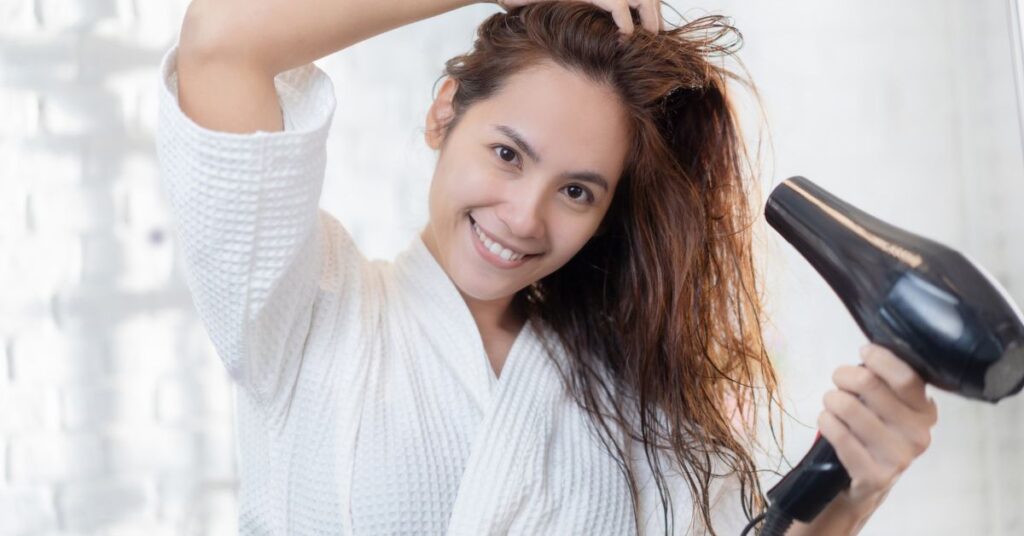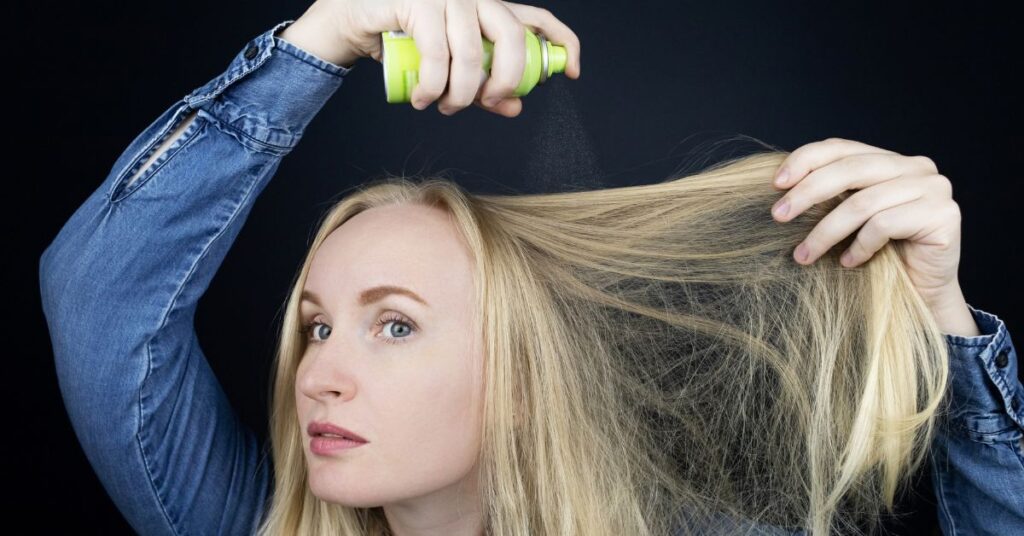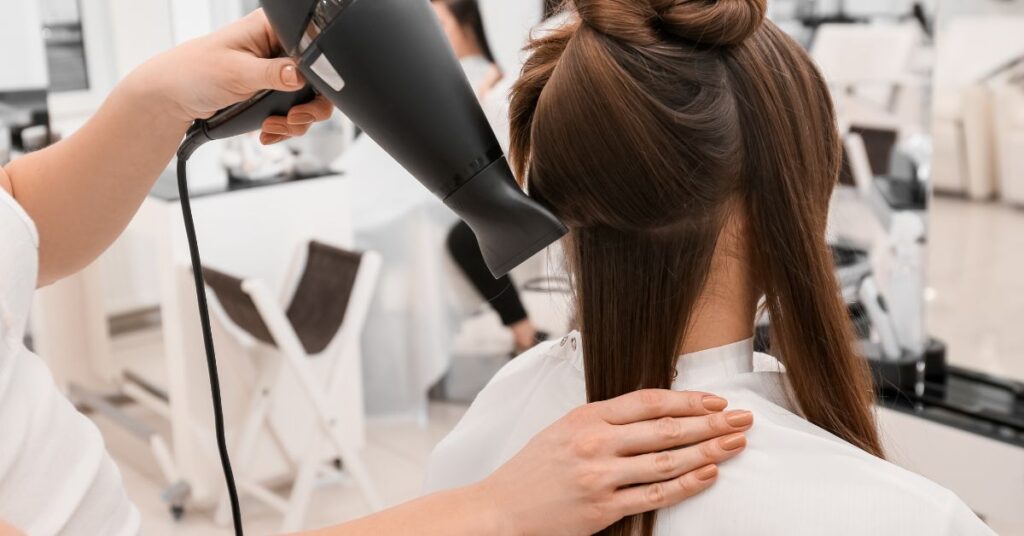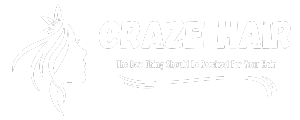
Introduce
Dyeing your hair can be a transformative and exciting experience, but it’s essential to approach it with knowledge and preparation. Whether you’re considering a subtle change or a bold new look, understanding the process and its implications is crucial. In this article, we’ll explore seven key things you need to know before taking the plunge and coloring your hair. From selecting the right shade to understanding potential risks, we’ve got you covered. By the end, you’ll feel confident and informed, ready to embark on your hair dyeing journey with ease. Let’s dive in!
Understanding Your Hair Type:
Before diving into the world of hair dyeing, it’s essential to have a solid understanding of your hair type. This knowledge will help you choose the right color and dyeing method that suits your hair’s unique characteristics. Here’s a detailed look at what you need to know:
Assessing Texture, Thickness, and Natural Color:
Take a close look at your hair to determine its texture, thickness, and natural color. Is your hair straight, wavy, curly, or kinky? Understanding your hair’s texture will help you anticipate how it will react to dye and how the color will appear once applied.
Next, consider the thickness of your hair. Do you have fine, medium, or thick strands? Thicker hair may require more dye or a longer processing time to achieve the desired color saturation.
Pay attention to your hair’s natural color as well. Is it light, medium, or dark? Knowing your starting point will help you choose a hair dye shade that complements or contrasts with your natural color effectively.
Identifying Pre-existing Damage or Chemical Treatments:
Assess the condition of your hair and look for any signs of damage, such as split ends, breakage, or dryness. It’s crucial to address any existing damage before applying hair dye to prevent further harm.
If you’ve previously chemically treated your hair, such as with perms, relaxers, or previous dye jobs, take note of these treatments. Chemical processes can alter the structure of your hair, affecting how it absorbs and reacts to new hair dye. Be honest with yourself about your hair’s history to avoid unexpected results or damage.
Choosing the Right Color:
Selecting the perfect hair color is a crucial step in the dyeing process. It can significantly impact your overall appearance and confidence. Here’s a detailed exploration of factors to consider when choosing the right color for your hair:
Considering Skin Tone and Undertones:
Your skin tone plays a significant role in determining which hair colors will complement you best. Skin tones are generally categorized as warm, cool, or neutral.
- Warm Skin Tones: If you have warm undertones, you’ll likely look best with hair colors that have golden, copper, or red hues. Think shades like honey blonde, caramel brown, or fiery red.
- Cool Skin Tones: For those with cool undertones, hair colors with ash, platinum, or cool tones will flatter your complexion. Consider shades like icy blonde, ash brown, or cool black.
- Neutral Skin Tones: If you have a neutral undertone, you’re fortunate because you can pull off a wide range of hair colors. Neutral undertones work well with both warm and cool shades, so feel free to experiment with various colors.

Exploring Color Options and Their Impact on Appearance:
Once you’ve identified your skin tone and undertones, it’s time to explore different hair color options and their impact on your appearance. Consider factors such as:
- Lightening or Darkening: Do you want to lighten your hair, darken it, or keep it the same color? Lightening your hair can add brightness and dimension, while darkening can create depth and richness.
- Highlights or Lowlights: Adding highlights or lowlights can enhance your hair’s natural dimension and add interest to your overall look. Decide whether you prefer subtle highlights for a sun-kissed effect or bold lowlights for contrast.
- Fashion or Natural Colors: Are you drawn to bold, fashion-forward hair colors like pastels or vivid hues, or do you prefer more natural-looking shades that mimic your hair’s natural color? Consider your personal style and comfort level when choosing a hair color.
Preparation and Patch Testing:
Preparing your hair and conducting a patch test are essential steps before diving into the hair dyeing process. Here’s a detailed breakdown of what you need to know:
Importance of Conducting a Patch Test for Allergies:
Before applying any hair dye to your entire head, it’s crucial to perform a patch test to check for potential allergic reactions. Even if you’ve used hair dye before without issues, your body’s sensitivity can change over time.
To conduct a patch test, mix a small amount of the hair dye according to the instructions and apply it to a small patch of skin on your inner arm or behind your ear. Allow it to dry and leave it on for the recommended amount of time. Monitor the area for any signs of irritation, such as redness, itching, or swelling. If you experience any adverse reactions, do not proceed with dyeing your hair and seek medical advice if necessary.
Preparing Your Hair for the Dyeing Process:
Properly preparing your hair before dyeing it can help ensure better results and minimize damage. Follow these steps to prepare your hair:
- Wash your hair: Start by washing your hair with a clarifying shampoo to remove any product buildup, oils, and impurities. Avoid using conditioner, as it can create a barrier that prevents the hair dye from penetrating evenly.
- Dry your hair: Allow your hair to air dry or gently towel dry it until it’s damp. Avoid using heat styling tools or blow dryers, as excessive heat can strip the hair of its natural oils and make it more susceptible to damage during the dyeing process.
- Protect your skin: Apply a thin layer of petroleum jelly or a barrier cream around your hairline, ears, and neck to prevent the hair dye from staining your skin. You can also wear gloves to protect your hands.
Selecting the Right Dye:
Choosing the appropriate hair dye is essential for achieving your desired color and maintaining the health of your hair. Here’s a detailed guide to help you select the right dye:
Understanding Different Types of Hair Dye:
There are various types of hair dye available on the market, each with its unique characteristics and application methods. Understanding the differences between these types can help you make an informed decision:
- Permanent Hair Dye: This type of dye penetrates the hair shaft and permanently alters the hair’s color. It’s ideal for covering gray hair or achieving long-lasting color results. Keep in mind that permanent dyes contain chemicals like ammonia and require a more involved application process.
- Semi-Permanent Hair Dye: Semi-permanent dyes deposit color onto the hair’s surface and gradually fade with each wash. They are less damaging than permanent dyes and are suitable for adding temporary color or enhancing natural hues.
- Temporary Hair Dye: Temporary dyes coat the hair shaft with color that washes out after a few shampoos. They’re ideal for experimenting with different colors or adding highlights without commitment. Temporary dyes are typically gentler on the hair and scalp.
Considering Ingredients and Potential Effects:
When choosing a hair dye, it’s essential to consider the ingredients and their potential effects on your hair and scalp. Look for dyes that are free of harsh chemicals like ammonia, parabens, and sulfates, which can strip the hair of its natural oils and cause damage.
Opt for dyes enriched with nourishing ingredients like argan oil, coconut oil, or keratin, which help moisturize and strengthen the hair while coloring. If you have sensitive skin or allergies, choose a dye specifically formulated for sensitive scalps or allergy-tested products.
Matching Color Shades and Formulas:
Selecting the right shade of hair dye is crucial for achieving your desired color result. Consider factors such as your natural hair color, skin tone, and desired outcome when choosing a shade.
It’s also essential to match the dye formula to your hair’s needs. For example, if you have dry or damaged hair, opt for a dye formula that’s formulated for hydration and repair. If you’re covering gray hair, choose a dye specifically designed for gray coverage to ensure even and long-lasting results.
Understanding the Dyeing Process:
Understanding the hair dyeing process is essential for achieving professional-looking results and minimizing the risk of errors. Here’s a detailed breakdown of what you need to know:
Step-by-Step Guide to Dyeing Your Hair:
- Preparation: Start by laying out all the necessary tools and supplies, including gloves, applicator brush or bottle, hair clips, and a timer. Protect your clothing with a cape or old towel.
- Sectioning: Divide your hair into manageable sections using hair clips. This will ensure even application and coverage throughout the dyeing process.
- Mixing the Dye: Follow the instructions provided with your hair dye to mix the color and developer in the correct proportions. Use a plastic or glass bowl and an applicator brush or bottle to ensure thorough mixing.
- Application: Begin applying the dye to your hair, starting at the roots and working your way down to the ends. Use the applicator brush or bottle to distribute the dye evenly, making sure to saturate each section of hair thoroughly.
- Processing Time: Once the dye is applied, allow it to process for the recommended amount of time. Use a timer to ensure accuracy and avoid over-processing, which can lead to dryness and damage.
- Rinsing: After the processing time is complete, rinse your hair thoroughly with lukewarm water until the water runs clear. Avoid using hot water, as it can strip the hair of color and moisture.
- Conditioning: Apply the conditioning treatment provided with your hair dye or use a deep conditioning mask to restore moisture and nourishment to your hair. Leave the conditioner on for the recommended time before rinsing thoroughly.
- Styling: Once your hair is rinsed and conditioned, you can style it as desired. Avoid using heat styling tools immediately after dyeing to prevent further damage to the hair.
Tips for Achieving Even Color Distribution and Avoiding Mistakes:
- Work Quickly: Hair dye can dry out quickly, especially if left exposed to air for too long. Work efficiently to ensure even color distribution and prevent patchiness.
- Use Mirrors: Use multiple mirrors to check the back of your head and ensure thorough coverage, especially in hard-to-reach areas.
- Follow Instructions: Always follow the instructions provided with your hair dye, including mixing ratios, processing times, and application techniques. Deviating from the instructions can lead to uneven results or damage.

Conclusion
In conclusion, dyeing your hair can be a rewarding experience, but it requires careful consideration and preparation to achieve the desired results safely and effectively. By understanding your hair type, selecting the right color, preparing adequately, choosing the appropriate dye, and following the dyeing process correctly, you can achieve beautiful and vibrant hair color at home or in the salon. Remember to prioritize hair health, follow instructions diligently, and address any concerns or questions with a professional if needed. With the knowledge and guidance provided in this article, you can embark on your hair dyeing journey confidently, knowing that you have the tools and information necessary for a successful and satisfying outcome. Here’s to vibrant, beautiful hair and the confidence that comes with it!.read more
FAQs (Frequently Asked Questions) About Dyeing Your Hair:
1. How do I know which hair dye is best for my hair type?
- Consider factors such as your hair’s condition, sensitivity, and desired outcome when choosing a hair dye. Opt for gentler formulations for damaged or sensitive hair and consult with a hairstylist for personalized recommendations.
2. Will dyeing my hair damage it?
- While hair dyeing can cause some damage, choosing high-quality dyes and following proper hair care practices can minimize the risk. Use nourishing treatments before and after dyeing, avoid excessive heat styling, and give your hair time to recover between dyeing sessions.
3. Can I dye my hair at home, or should I go to a salon?
- The choice between dyeing your hair at home or visiting a salon depends on your comfort level, experience, and desired results. If you’re new to hair dyeing or want a significant color change, consider consulting a professional hairstylist. However, many people successfully dye their hair at home with proper preparation and caution.
4. How do I maintain my hair color after dyeing?
- To maintain your hair color’s vibrancy and health, use color-safe shampoos and conditioners, avoid excessive washing and heat styling, and protect your hair from sun exposure. Additionally, schedule regular touch-ups to address root growth and fading.
5. What should I do if I experience an allergic reaction to hair dye?
- If you experience symptoms of an allergic reaction, such as redness, itching, or swelling, remove the hair dye immediately and rinse your skin thoroughly with water. Seek medical attention if the symptoms persist or worsen. Conducting a patch test before dyeing your hair can help identify potential allergies beforehand.
6. How long should I wait before dyeing my hair again?
- It’s essential to give your hair time to recover between dyeing sessions to prevent over-processing and damage. Wait at least four to six weeks before dyeing your hair again, and use nourishing treatments to restore moisture and strength to your hair in the meantime.
7. Can I dye my hair if it’s already been chemically treated?
- If your hair has been previously chemically treated, such as with perms, relaxers, or previous dye jobs, take caution when dyeing it again. Certain chemical treatments can affect how your hair absorbs and reacts to new dye, so consult with a professional hairstylist for personalized advice and recommendations.

